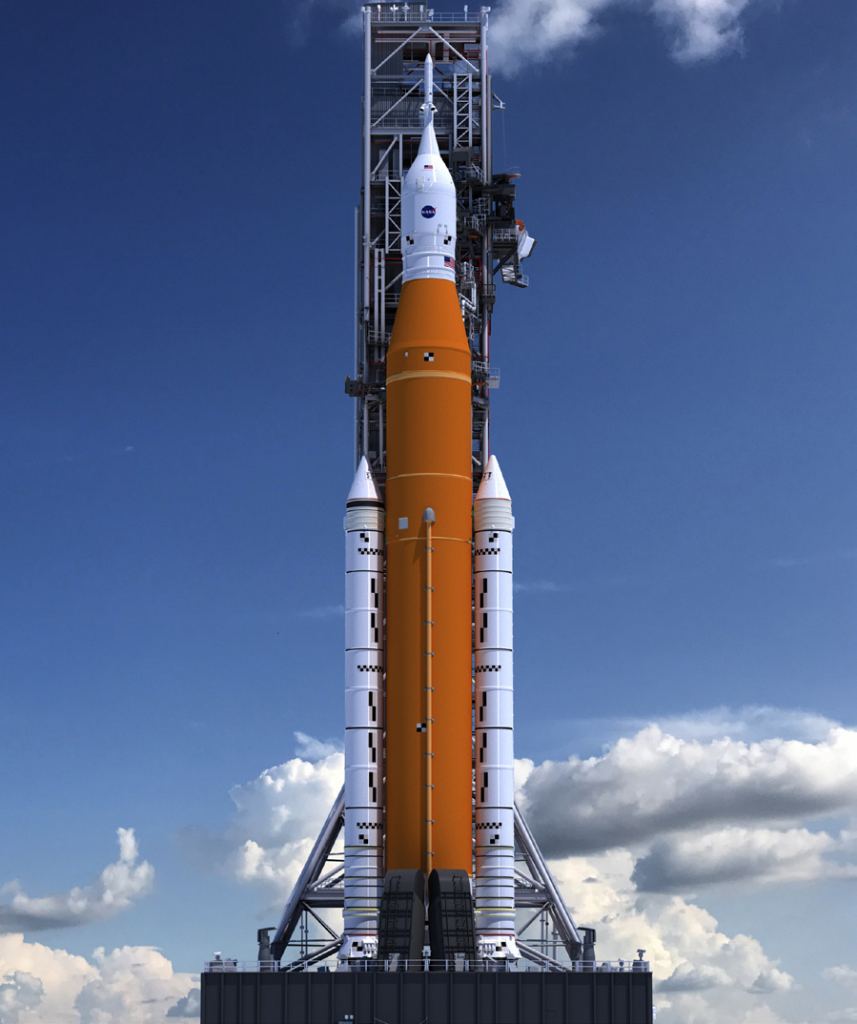

It will also be the first mission in NASA's Artemis program of lunar exploration, which aims to establish a crewed outpost near the moon's south pole by the end of the 2020s. NASA's Artemis 1 moon rocket boosters could expire in December, launch or notĪrtemis 1 will be the first-ever flight for SLS and the second for Orion, which launched to Earth orbit atop a United Launch Alliance Delta IV Heavy rocket in 2014. Artemis 1 cubesats: The 10 tiny satellites hitching a NASA ride to the moon

NASA delays Artemis 1 moon launch to Nov. If the team determines that the caulking needs to be replaced, a rollback to KSC's Vehicle Assembly Building would likely be required. The RTV issue is not fixable at the launch pad, because Orion sits so high atop the SLS. "This is just an additional layer on there to create a kind of a seamless airstream flow." "We do have protections in place as it pertains to the materials that underlie that RTV," he said. The Artemis 1 team isn't terribly concerned about increased "aeroheating" around Orion due to the loss of some RTV, he added. "We need to just spend a little more time to review our flight rationale headed into this launch attempt, specifically as it pertains to liberation of any remaining RTV and debris transport," Sarafin said. The team is still examining the nature and severity of this risk.
#Artemis 1 launch time free#
It's possible that some of the storm-torn RTV could shake free during liftoff, creating a debris hazard for the SLS, Sarafin said. (The Artemis 1 stack endured the wrath of Nicole, which weakened to a tropical storm shortly after landfall, out in the open on KSC's Pad 39B.) 10) when it slammed into Florida's Space Coast, mission team members said. Hurricane Nicole tore some of that caulking loose on Thursday (Nov. The RTV helps smooth out a small indentation in the capsule that could potentially cause some unwanted circulation and heating of air during flight, Sarafin said. One focus of that work will be a thin strip of caulking called RTV that encircles Orion. “I always wanted to be an astronaut as a kid … we’ll see if that works out.You can launch a Space Launch System of your own with this Estes NASA SLS model rocket for a 1:200 scale version of NASA's moon megarocket. While he admits his chances are slim, Swiss fighter pilot Andrin hopes to be one of those chosen few to set foot on the moon. The first crewed mission back to the moon – to orbit but not to land – is Artemis 2 currently scheduled for 2024, with Artemis 3 returning astronauts to the lunar surface as early as 2025. “When this is successful, we will have finished the first leg of that race and we’ll be that much closer.” “This is the first leg of the race to Mars,” said Victor Glover, who is among the initial group of 18 astronauts tapped by NASA for Artemis missions that are to set the stage for a more permanent presence on – and around – the moon in preparation for the longer and more complex journey to Mars. One of the main goals of the 26-day Artemis 1 mission around the moon is to test the new Orion spacecraft in preparation for crewed missions that will land the first woman, the first person of color, and the first international astronauts on the lunar surface. 16, 2022, at NASA's Kennedy Space Center in Florida. In this photo provided by NASA, visitors at the Banana Creek Launching Area watch the launch of NASA's Space Launch System rocket carrying the Orion spacecraft on the Artemis I flight test, Nov. They are just here for one thing, to see space and to see that rocket launch.” “Politics doesn’t enter into any of this.

“Nobody here is talking about whether they are Trump people or Biden people,” he said. McDonald joined throngs of visitors filling parks and viewing areas in the city of Titusville near Kennedy Space Center to witness the event he described as “unifying” for a country divided by polarizing politics. They are so far over budget and so far over schedule, they really want to see this liftoff.” “It validates what they have been working on for so long. Many of his friends and family members are employed in the aerospace industry and are invested in the success of NASA’s Artemis program to return to the moon, which is why the launch provided a much-needed sense of relief after repeated delays. “The loudest thing that has ever launched,” remarked Florida retiree John McDonald. “The SLS rocket has about 250 times the thrust of an F-18 fighter jet so that is quite a bit more than I am used to.” “I always admired rockets and fast vehicles, and that’s probably why I became a fighter pilot now,” said Andrin, a Swiss Air Force F-18 fighter pilot who didn't give his last name for security reasons and traveled from Switzerland to Florida just to watch the historic Artemis 1 launch in person.


 0 kommentar(er)
0 kommentar(er)
